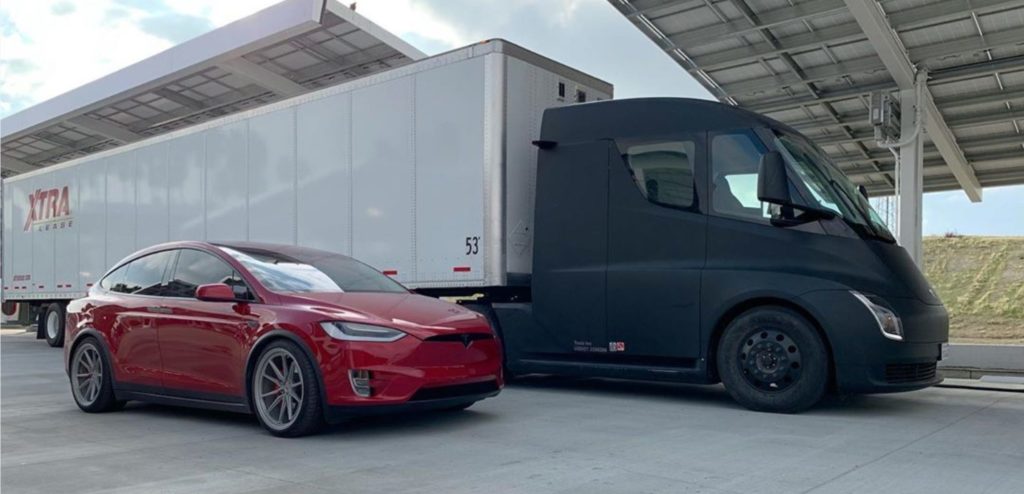A few days ago, tech mogul Bill Gates posted an entry on his blog warning of climate change dangers. However, the American businessman’s text generated enormous controversy because it stated that, although passenger cars would tend to total electrification in the future, other vehicles such as trucks or electric planes would be unviable.
Why does Gates believe that all cars, from sports cars to pick-ups, are susceptible to electrification, but the same logic does not apply to heavy transport? “The problem is that the batteries are big and heavy. The more weight you try to move, the more batteries are needed to power the vehicle.
But the more batteries you use, the more weight you add and the more power you need. Even with the great strides being made in battery technology, they are probably never a solution in applications like 18-wheelers, cargo ships, and passenger aircraft. Electricity works when short distances need to be covered, but we need a different explanation for heavy long-haul vehicles.”

As an alternative to electrifying these sectors, Bill Gates defended the use of solutions such as biofuels. These statements were in stark contrast to those made just days earlier by Elon Musk, Tesla’s chief executive, who said we are only five years away from reaching the battery technology that will make electric commercial aircraft viable.
The always controversial Musk has used his favorite social network, Twitter, to respond to Gates’ musings. “He has no idea,” the executive stated bluntly. It is interesting to remember that Tesla plans to put on sale in the short term a 100% electric truck, the Semi, with which the company wants to revolutionize the transport of goods by road.
Compared to the majority of electric trucks currently available on the market, the Semi will be characterized by offering a very wide range: in its top-of-the-range version, it will exceed 500 miles per charge; also, it will be able to recover 80% of its range in just 30 minutes thanks to the use of a network of Megachargers that Tesla will develop in parallel with its commercialization.

